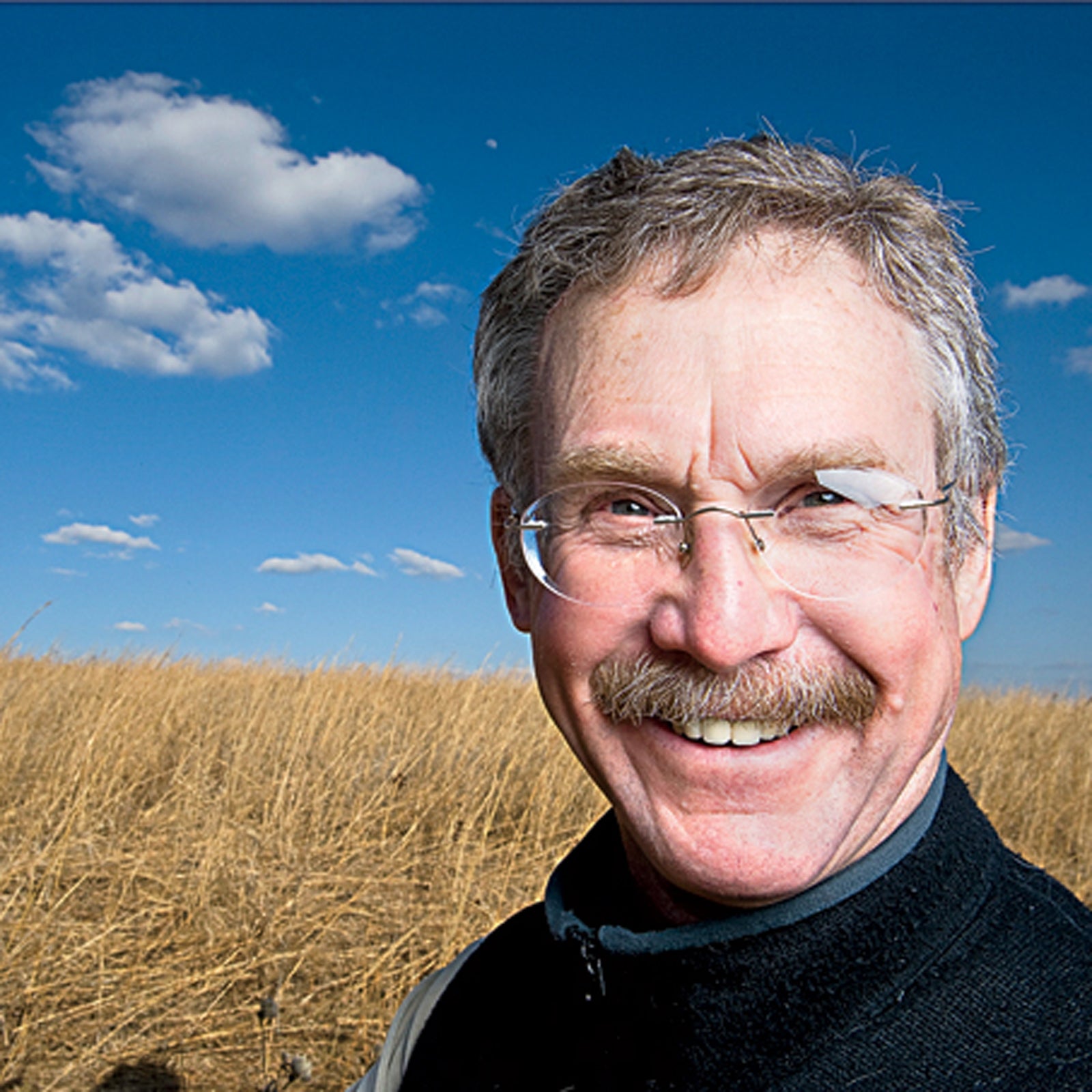After hooking a generation of ���ϳԹ��� readers with his Natural Acts column, David Quammen turned evolution and extinction into page-turning plot points in . His new book, , tracks the increasingly common jump that killer viruses like HIV, SARS, West Nile, and Ebola make from wild animals to humans. It’s a bruiser of a book, big and shocking and gripping as hell. Dodo turned island biogeography into mainstream fare. Spillover may do the same for a slew of new concepts: reservoir hosts, amplifier species, superspreaders, and wild flavor. Bruce Barcott spoke with Quammen as the Montana-based writer prepared for a trip to India.
I’ve heard that this book began 12 years ago when you were trekking with biologist Michael Fay on his Central African transect. True?
Yes. We were walking through a stretch of forest in Gabon, and a couple of the guys on his crew were from a village that suffered an Ebola outbreak years earlier. Thirty-one people had gotten sick, and 21 had died. It was a horrendous thing. One of the guys told me that when the disease hit their village, he and his friend had seen a pile of 13 dead gorillas in the nearby forest. That was the starting point for me, that riveting image. I knew from the scientific literature that humans as well as gorillas and chimps are susceptible to Ebola. That linkage—dead people, dead gorillas, Ebola raging—led me to start asking about where the virus would abide when it’s not killing off these populations. I wanted to know: What’s the virus’s reservoir host?
A reservoir host is…?
A virus needs a host to survive. But if a virus is as hot as Ebola, which kills off a high percentage of humans, gorillas, and chimps, those species can’t be the virus’ permanent home, otherwise it would come to a dead end pretty quickly. The virus has to live somewhere between outbreaks. So it survives in a reservoir host, a species of plant or animal that harbors it quietly and asymptomatically until it spills over into another species. We know the concept, but with Ebola scientists don’t yet know what the species is.
Some viruses don’t move directly from reservoir host to human. What’s the intermediate step?
Sometimes a virus comes out of a reservoir host in small doses, not enough to infect humans. But if it spills over into an intermediate animal, the virus can replicate abundantly, and then that animal may shed huge amounts of the virus. It’s known as an amplifier.
Ebola is popularly regarded as the scariest of this new generation of viruses. But the one that really spooked professionals in your book was SARS, which spread from China to the U.S. and 28 other countries in 2003.
Ebola is very lethal, but it requires direct contact. Its spread can be stopped by supplying health care providers with things like latex gloves, so they’re not contracting the virus through cracks or cuts in their skin. Whereas SARS is transmissible by a sneeze, a cough, or a breath.
And it had a superspreader.
Superspreaders are Typhoid Marys who shed more virus than the average person, and they’re in sensitive areas like hospitals, hotels, and airplanes. In 2003, SARS had a superspreader. A doctor caught it from a patient and then traveled to Hong Kong. The doctor stayed in a hotel room near the elevator, and his body’s extreme reaction to the virus, combined with that location, grossly multiplied its spread. A grandmother across the corridor caught it. The next day she boarded a plane to Toronto.
You found that Chinese markets are particularly efficient transmission pathways. Walk me through the “wild flavor” phenomenon.
There’s a relatively recent vogue among affluent Chinese for eating wild animals. This isn’t a matter of subsistence or hunger for protein among desperate villagers. This is a lifestyle thing, a fashion. People like the notion that they’re tasting vigor. But it has epidemiological consequences. These animals are being brought into what are known as wet markets, where live wild animals are sold for meat. Wild animals have the opportunity to spill their pathogens to one another and, ultimately, to humans. A pathogen endemic to a bat can get into a wild cat like a palm civet. In the wild, they might not come into close proximity, but in the wet market they do.
The 2011 movie set off a minor mania for hand washing. Did researching this book affect your behavior in a similar way?
It’s true that hand washing is the most effective simple way to control passage of these things. But the research hasn’t made me paranoid. The more I’ve learned about these diseases, the more my irrational fears disappeared.
Completely?
They’ve been replaced by rational fears. Spillover is a reminder that we humans don’t exist apart from nature. We can’t just eliminate all the reservoir hosts—even if we knew what they were. We’re always linked to these ecological networks. I say in the book that there is no “natural world.” That’s an artificial phrase. There’s only the world. And we’re a part of it, along with the bats, chimps, and viruses.


